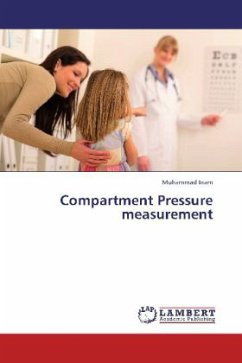During the last two decades, many new techniques and devices have appeared for measuring blood pressure both directly and indi rectly. At present, there is no single source for this information; nor is there information on the accuracy and sources of error expected with these technologies. It is for this reason that the present book was written. Divided into three parts: direct measurement, indirect (noninvasive) measurement, and history, the book is directed toward a broad audience in the medical and biological sciences. Physicians, nurses, medical students, and psychologists, as well as technical persons in the health care field will find Part One of considerable practical value, because it deals with the subject of the accuracy and fidelity of reproduction of blood pressure waveforms tha t they regularly view on monitors. The definitions of systolic, mean, diastolic, and capillary wedge pressures are illustrated and discussed. The pressures and waveforms at different sites in the cardiovascular system are described in detail. Then the various types of devices for measuring blood pressure are described and thoroughly illustrated. The effect of length and internal diameter of a catheter is analyzed to illustrate how fidelity of reproduction is affected. Simple tests are described that show the reader how to determine the performance characteristics of a catheter-transducer system. The characteristics of catheter-tip transducers are presented, and Part One concludes with a discussion of the rate of change of pressure (dP/dt), what it means, and how such a recording can be calibrated.








